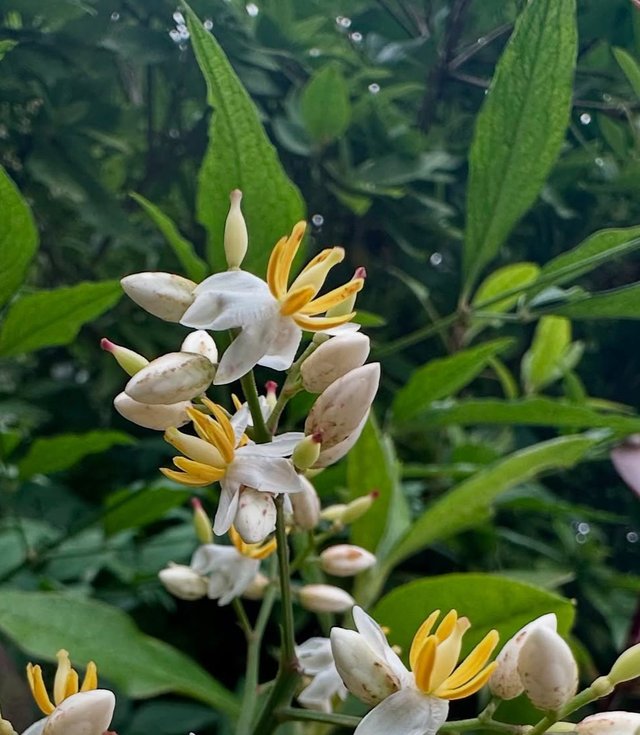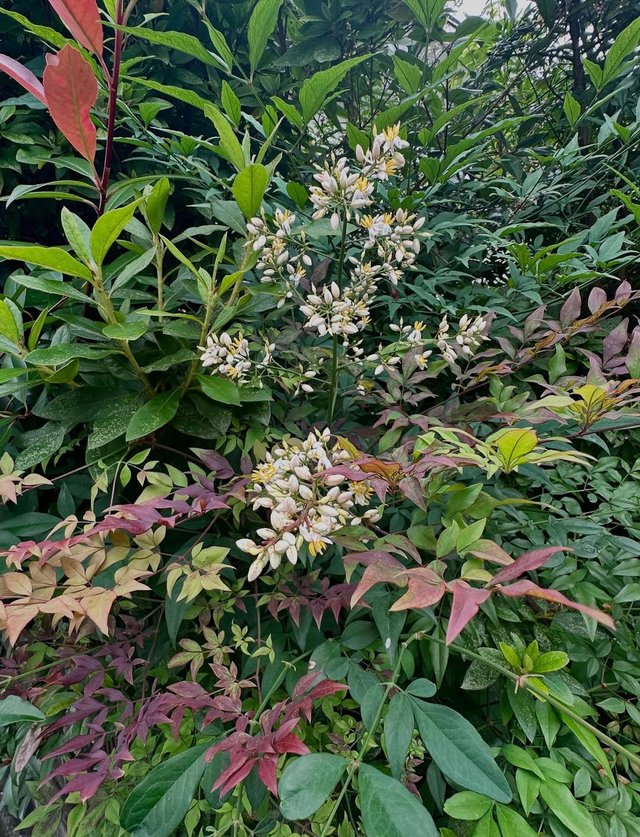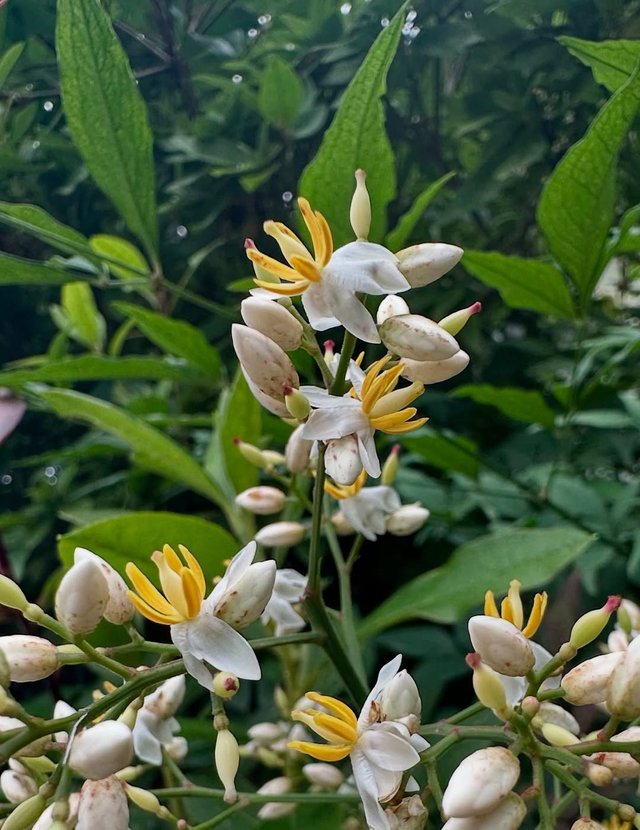Beauty of the Xiphidium Flower
Deep within the lush, humid understories of tropical forests, where light filters through a canopy of emerald leaves and biodiversity thrives in its most expressive form, you may encounter a subtle, star-like bloom known as Xiphidium. Though often overlooked, the Xiphidium flower is a captivating species that embodies the elegance and resilience of tropical flora.This plant is a monocotyledonous perennial, which means it has a single embryonic leaf and typically flowers every year. It grows in clumps, emerging from underground rhizomes and producing upright stems adorned with narrow, lance-shaped leaves. The real spectacle, however, is the delicate, six-petaled flowers that appear in terminal inflorescences.
Xiphidium flowers are usually white to pale violet, small in size but visually striking when viewed up close. Their structure is radially symmetrical (actinomorphic), often with subtle veining or a hint of color at the petal base, which can guide pollinators. Each flower lasts only a short time—sometimes just a single day—but the plant produces many of them over its blooming season, creating a continually shifting tapestry of soft color.Their beauty lies not in flamboyant displays, but in their understated elegance—a trait often admired by botanists and nature photographers alike.
Native to Central and South America, as well as parts of the Caribbean, Xiphidium typically grows in wet, marshy environments like riverbanks, swamps, and forest edges. It thrives in partial to full shade, where the soil is consistently moist. Its tolerance for waterlogged conditions makes it an important part of wetland ecosystems, helping stabilize soil and support a wide array of small fauna.The plant is also found in southern parts of Mexico, Colombia, Brazil, and the West Indies. Due to its adaptability, it sometimes appears in cultivation or naturalized in areas with similar wet tropical climates.



